The taste of chamomile tea is best understood when you try it. But, before you do, I’ll give you a heads-up on what to expect. The chamomile flowers are beautiful little things that appeal more to your senses when you see them in a cup of tea.
Moreover, this tea gets a lot of good commendation. It is a good bedtime drink if you are struggling to sleep. It also aids digestion and soothes disturbed bowels. This floral tea truly deserves all the hype it gets.
If you have never tried it before and want to try it out, please read on. This article explains its taste profile, nutritional benefits, the best ways to enjoy your tea, and some other important details.
What is chamomile tea?
Chamomile tea is an herbal infusion made with the chamomile plant. The word chamomile came from a Greek word, khamaimēlon, which means earth apple. The Ancient Greeks gave it that name because of the apple-like sweetness in its taste.
There are several chamomile flowers but only three are used to make tea. The three are Roman, German, and Egyptian chamomile.
Roman chamomile comes from Western Europe. German chamomile is grown in some areas in Europe, Western Asia, North America, and Australia. The Egyptian variety is native to the lush valley along the Nile River in Egypt.
These three chamomile flowers taste great, but the Egyptian chamomile is considered the best and highest-grade chamomile in the world, which is why it is pricier than the others.
What does chamomile tea taste like?
The best words to describe the taste of chamomile tea are mildly sweet and floral. As an herbal tea, it is refreshing and natural tasting with an exciting aroma.
Moreover, the taste of chamomile tea may vary, depending on the sweetener or any other ingredient it contains.
Does chamomile tea have caffeine?
Chamomile tea is a natural caffeine-free tea. It is a perfect bedtime drink that won’t keep you up at night.
Unlike other caffeine-free bedtime beverages like hot chocolate, it is a low-sugar option and a good pick for people trying to reduce their sugar intake.
Benefits of chamomile tea
Sleep-inducing properties
Chamomile tea is a natural muscle relaxant. It contains an antioxidant called apigenin, which has a mild sedative effect. It promotes muscle relaxation and induces a positive and restorative activity to fight insomnia.
By calming tensed muscles, it helps to prepare you for sleep. The muscle-relaxing properties also ensure that you have a good night’s rest and wake up refreshed and ready to take on the day. This is why it is highly recommended as a pre-bedtime drink.
Improved digestion
Taking chamomile after a meal relieves indigestion, acid reflux, and stomach cramps. It can also help to reduce bloating and improve gut health.
Anti-inflammatory properties
Drinking chamomile tea can help reduce inflammation and soothe pains around joints and bones.
A common inflammatory condition where this effect has been proven is arthritis. It soothes pain, provides relief around the affected area, and makes you more comfortable.
Reduced inflammation in the body also reduces the risk of autoimmune diseases, gastrointestinal pain, and other chronic health conditions.
Relief for cramps
The muscle-relaxing properties of chamomile tea can be beneficial for relieving abdominal cramps associated with menstrual cramps and PMS symptoms.
If you experience knotted muscles around your lower abdomen during your period, chamomile can help loosen them.
It is heart-healthy
Chamomile contains flavonoids that support heart health and lower the risk of heart disease.
Drinking chamomile tea is highly recommended for people with high blood pressure and cholesterol levels. It also helps to reduce stress, keep blood vessels relaxed, and promote good sleep.
Good for cold and sore throat
Chamomile may not completely banish cold and sore throat, but it can soothe the symptoms and provide relief for mild symptoms.
Also, adding honey to your tea will boost its antimicrobial properties, which are responsible for relieving cold and sore throat.
Boosts immune system
Chamomile tea has antibacterial properties, which is good for the immune system. It helps the body to fight off illnesses and keeps you healthy and fit.
Relief for anxiety
A cup of chamomile tea might just be what you need to calm your nerves and reduce stress. Thankfully, you can drink chamomile tea at any time of the day, even while you work. The soothing aroma also helps to calm you down and clear your head.
Side effects of chamomile tea
The side effects of chamomile tea are usually seen in people who are allergic to ragweed and chrysanthemums. Allergic reactions to chamomile manifest as hives and swelling on the lips, face, and tongue.
Other side effects you may experience when you consume too much chamomile tea include drowsiness, nausea, and difficulty in breathing.
Best ways to enjoy chamomile tea
A great cup of chamomile begins with the brewing process. How well you brew your tea determines how great it tastes.
Always use fresh chamomile flowers if you are not using tea bags. Buy from stores with good credibility. Brew with pure water (filtered or distilled) and leave it to steep for longer.
Plain chamomile tea tastes great, but you can make it better with any one or a combination of the options below:
1. Sweeteners
Some popular and readily available sweeteners, besides sugar, that can enhance the taste of your tea are:
Honey
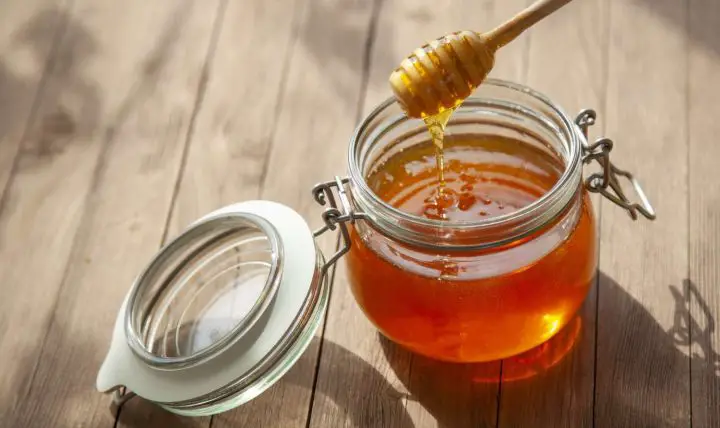
Honey makes any tea taste better. The sweetness from honey perfectly complements the floral taste of chamomile tea. Also, it enhances the antimicrobial properties of the tea which makes it soothing for sore throats and cold.
Agave nectar

Agave nectar has a mildly sweet flavor that does not overpower the flavor of your tea. It is a perfect choice for vegans.
Maple syrup
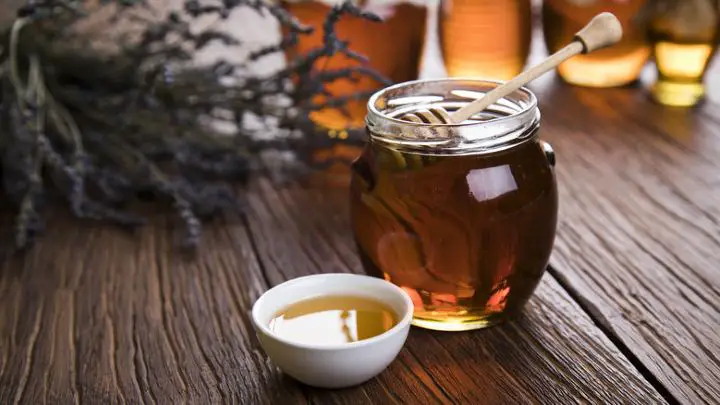
Here’s another vegan-friendly option. Maple syrup has a sweet caramel taste that makes any beverage taste great. It is also rich in nutrients and antioxidants, which contribute to the overall benefits of chamomile tea.
Stevia

Stevia looks a lot like sugar but is sweeter. You only need a little of it to sweeten your tea. Also, it is a low-calorie sweetener. So, if you’re looking to reduce your calorie intake, this is the sweetener for you.
2. Spice
Spices add complex flavors to your teas. Adding spices to chamomile tea supplies extra warmth on cold evenings. It also aids digestion and helps you relax better. Below are some spice options you should try:
Cinnamon
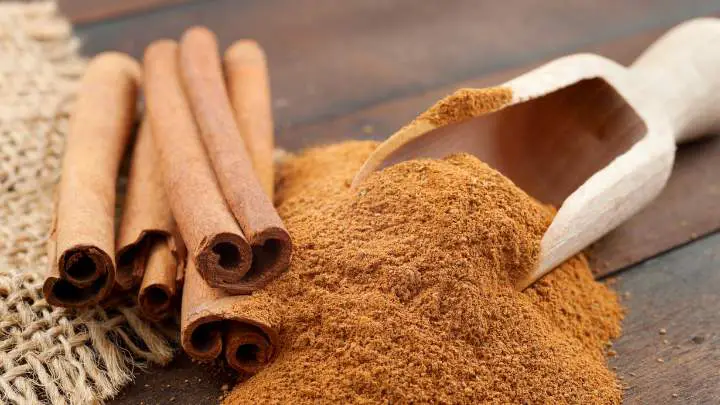
Cinnamon is a warm spice that enhances the fragrance of your tea. Take the cup up to your nose and inhale the fresh cinnamon fragrance mingling with the chamomile fragrance. The aroma is calming and can help alleviate anxiety and ease stressed muscles.
Peppermint
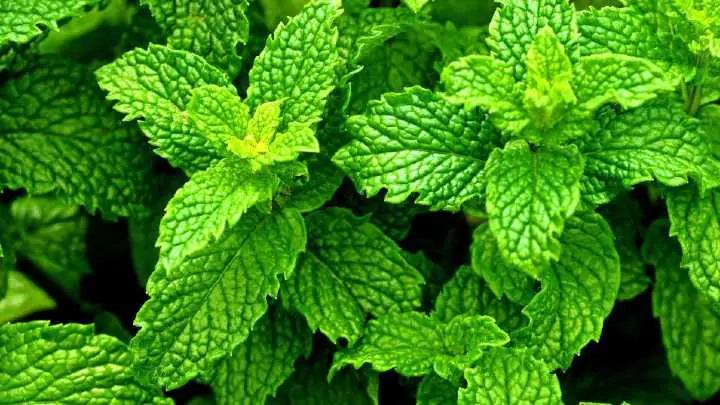
Peppermint leaves are a popular accompaniment in chamomile tea. The minty flavor from the leaves adds a refreshing taste to your tea. You will appreciate this more on chilly evenings.
Ginger
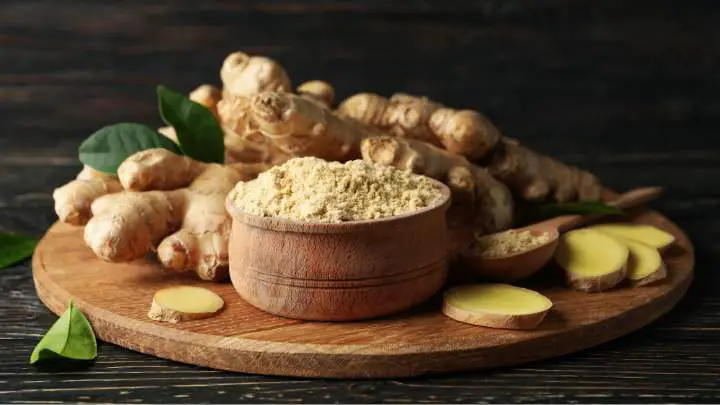
You should add ginger if you are drinking chamomile tea to aid digestion, reduce the symptoms of acid reflux, or soothe inflammation. You can add ginger to brewed tea before drinking or add fresh ginger roots to boiling water.
Nutmeg

A pinch of nutmeg and a dollop of honey in chamomile tea is most likely what you need to enjoy a good night’s rest. Nutmeg adds a subtle nutty flavor to the tea without overpowering its flavors.
Cardamom
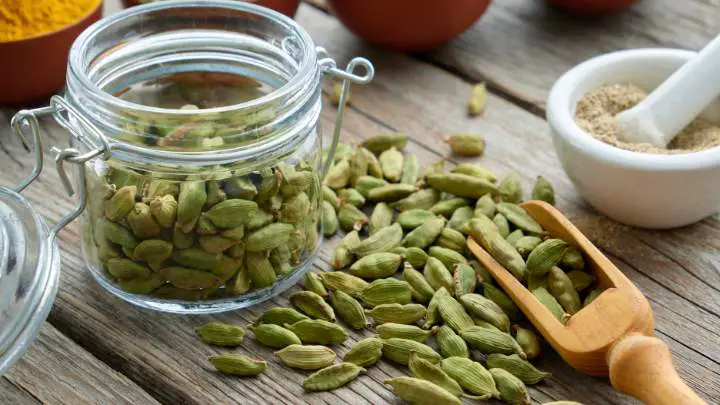
Adding cardamom to chamomile is like mixing two teas. Cardamom and chamomile teas, by themselves, taste great. Together, they create a mildly sweet and spicy tea with a complex earthy flavor.
Cloves
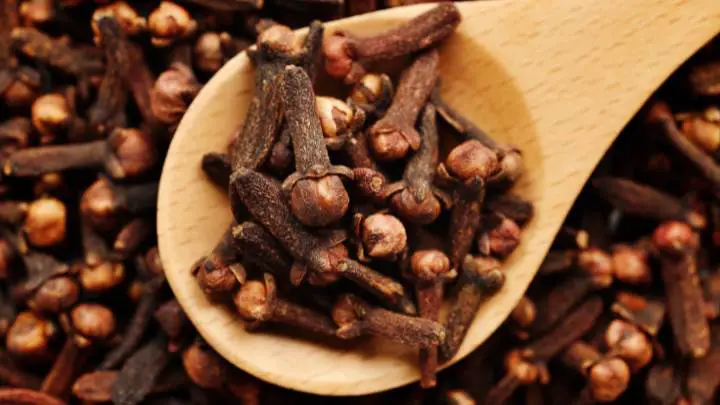
Adding cloves to tea is for people who love strong flavors with slight bitter notes. This may not be everyone’s favorite pairing, but it doesn’t ruin the floral flavor of chamomile anyway.
3. Fruits
Fruits add depth of flavor to your tea, perfectly complementing the sweet floral taste and creating something exciting and tasty. Adding fruits can also enhance the sweetness of your tea.
To get the best of the juice and flavors of your fruits, add them to the tea while it is hot and steeping. Also, you can combine two different fruits for a more delightful flavor or taste or combine fruits with spices for more depth of flavor.
Here are some fruits you will love in your tea. You can use them in their fresh or dried forms, whichever you have or prefer.
Apples
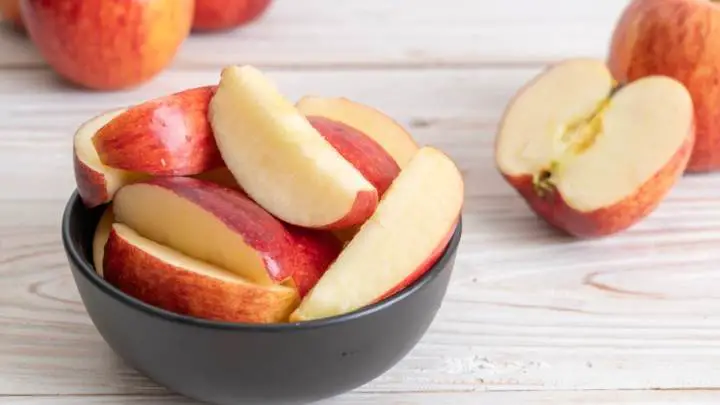
Chamomile already tastes like apples. You can enhance this flavor with fresh or dried apple slices. Moreover, the apple slices will enhance the physical appearance of your tea.
Citrus

Lemon, lime, orange, and grapes make a good addition to any type of tea. They add a citrus burst and a refreshing taste to chamomile tea without overpowering its taste. They are some of the perfect fruit infusions for herbal teas.
Berries and cherries
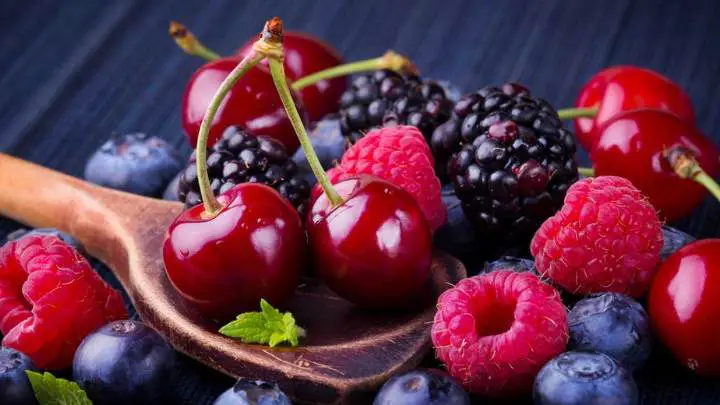
Berries and cherries add an exciting fruity sweetness to tea. The good thing about these fruits is that they retain their flavors and tartness even in their dried forms.
Pomegranate
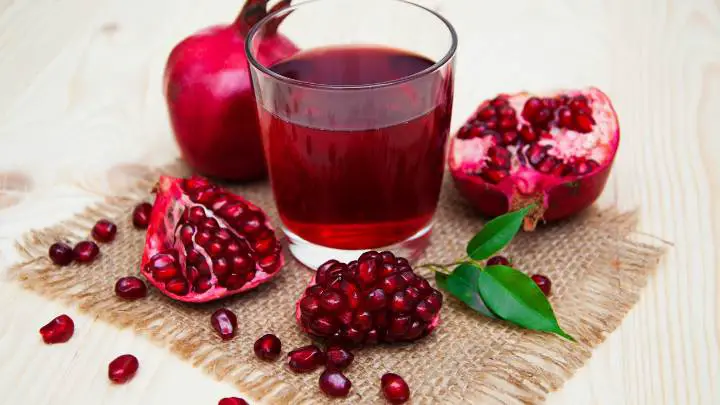
Pomegranate seeds or juice can enhance both the taste and appearance of your cup of chamomile tea. Adding pomegranate to tea is just like adding it to mixed drinks, except that tea is hot.
FAQs
When is the best time of the day to drink chamomile tea?
While you can drink chamomile tea at any time of the day, it is best taken after dinner, just before bedtime. This is the best time to enjoy its muscle relaxation properties and the soothe it gives your bowels.
Can pregnant women drink chamomile tea?
Drinking chamomile tea is not very advisable during pregnancy. However, if you must take it to help you relax, you should take small quantities.
Chamomile contains some compounds that can trigger preterm labor, low birth weight, and miscarriage when consumed in high amounts.
Is chamomile tea better with or without milk?
Chamomile tea tastes even better without milk than it does with milk. You can have your tea whichever way you like but some tea enthusiasts will tell you herbal teas are best served without milk.
Is chamomile tea best taken before or after meals?
The best time to take chamomile tea is after your meal. A cup of chamomile after a meal can aid indigestion, and reduce bloating, gas, and the symptoms of acid reflux.
Conclusion
Chamomile tea is one floral tea that gets all that hype on its fragrance and taste. Yes, it deserves it. the enchanting sweet and floral taste is so unlike tea, which is why this tea has garnered a lot of attention. Unlike the intense flavors of most teas, this one is light and refreshing.
Enjoy your tea with sweeteners like sugar, honey, maple syrup, etc. You can also add spices like cinnamon, peppermint, or ginger for some spiciness or create delightful flavors with fruits such as apples, cherries, citrus fruits, etc.
If you drink tea a lot, I recommend that you look at this list of different types of tea and their caffeine content.
Thanks for reading.

